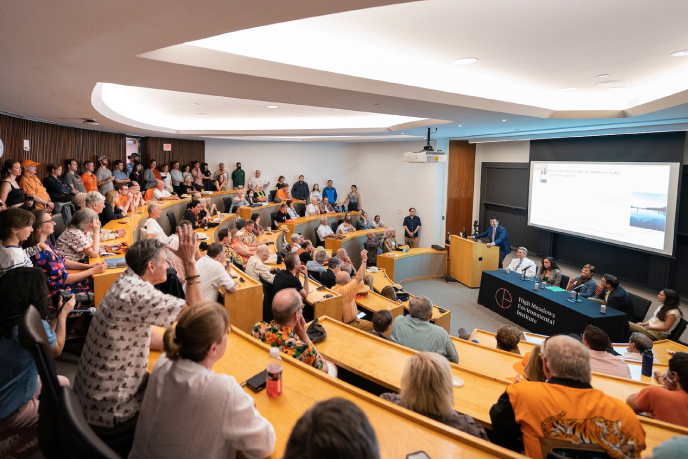Stella Szostak ’26


Geosciences
The Coevolution of Life and Climate Over 800 Million Years (in Australia)
I investigated the coevolution of life and climate in Australia during two periods: Snowball Earth and the Cambrian Explosion. Snowball Earth describes two events when the Earth became completely glaciated during the Neoproterozoic era, between 720 and 635 million years ago. The Cambrian Explosion, when animals rapidly evolved into the major groups we recognize today, occurred 100 million years later. In the field, we studied and measured layers of carbonate sedimentary rock from the Neoproterozoic to make interpretations of the paleoenvironment. Beyond making these observations, I took GPS points, collected and labeled samples and measured rock layers. To study the Cambrian era, we measured, mapped and sampled a fossilized reef to understand how reef environments impact rapid evolution. Back on campus, I sorted, sawed and polished the Neoproterozoic samples for imaging and analysis while running the mass spectrometer. Participating in the process from field to lab forced me to view geology in a new sense. I began to recognize the sheer amount of information that can be read from the rocks; from observations in a bedded layer to data out of a mass spectrometer. After deep-diving into sedimentary geology, I look forward to exploring even more possibilities within geoscience.
2023
Climate and Environmental Science
Maloof Research Group, Department of Geosciences, Princeton University - Adelaide, Australia; Princeton, New Jersey
Adam Maloof, Professor of Geosciences; Ryan Manzuk, Ph.D. candidate, Geosciences; Julia Wilcots, Postdoctoral Research Associate, Geosciences



